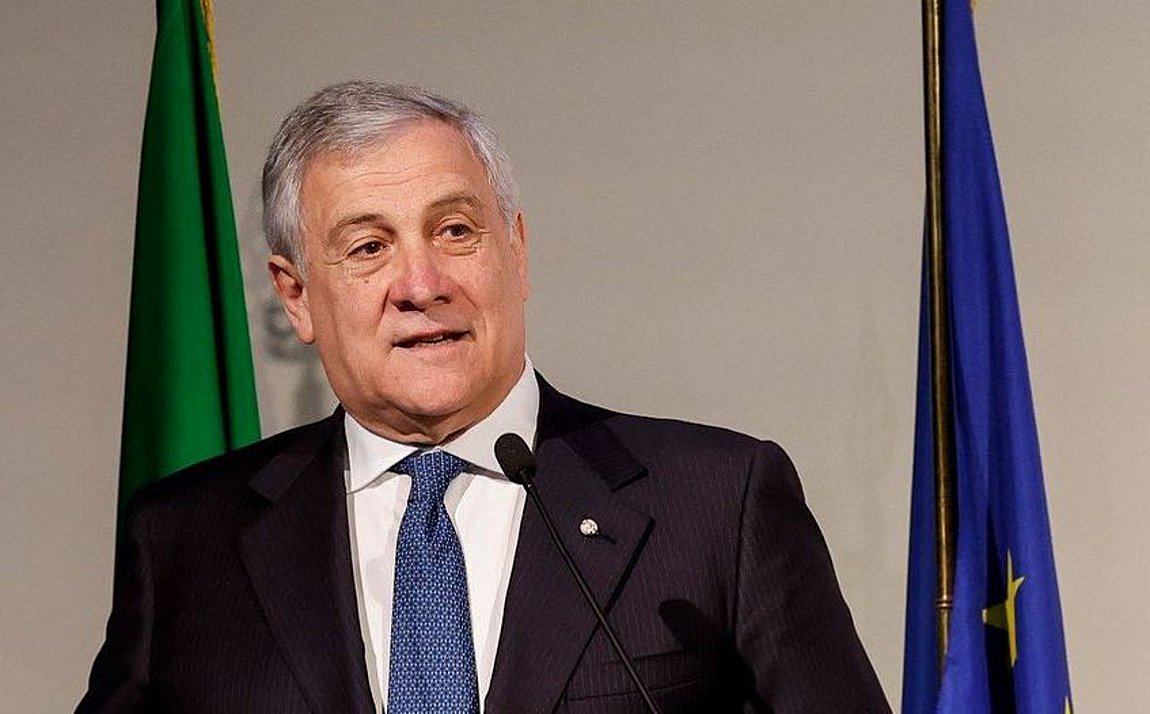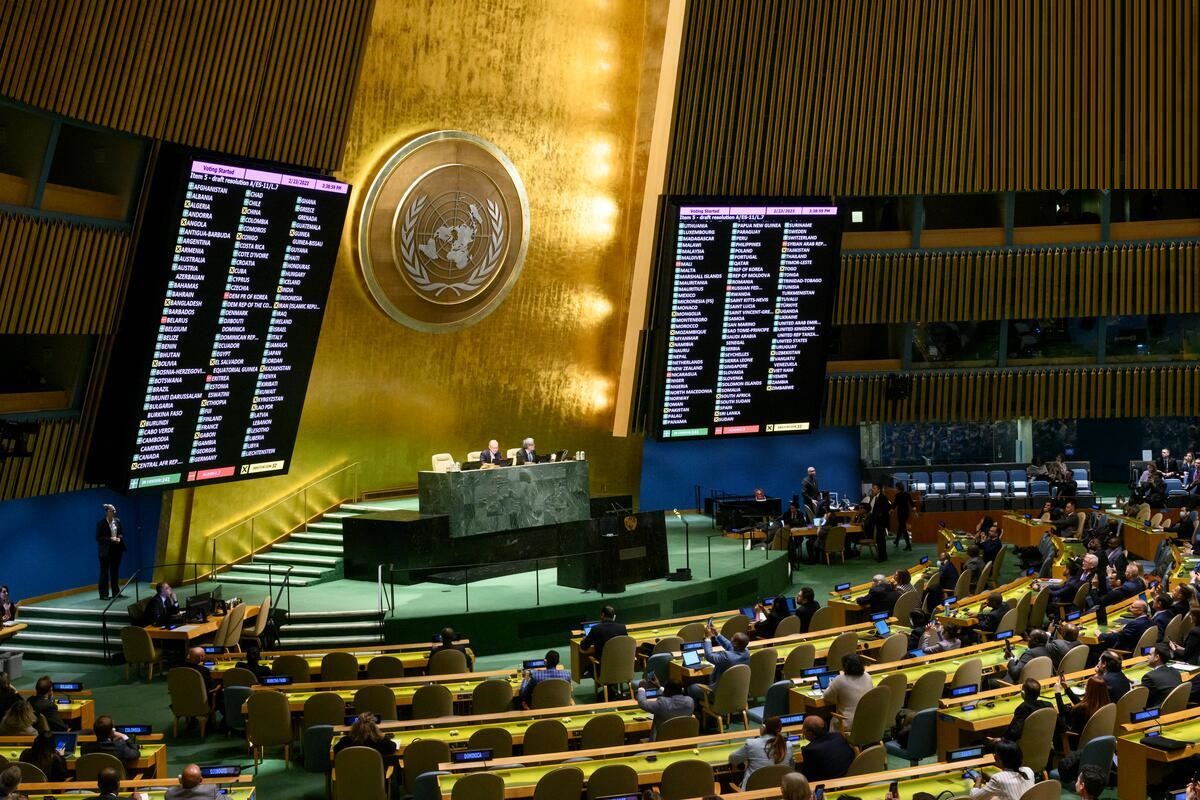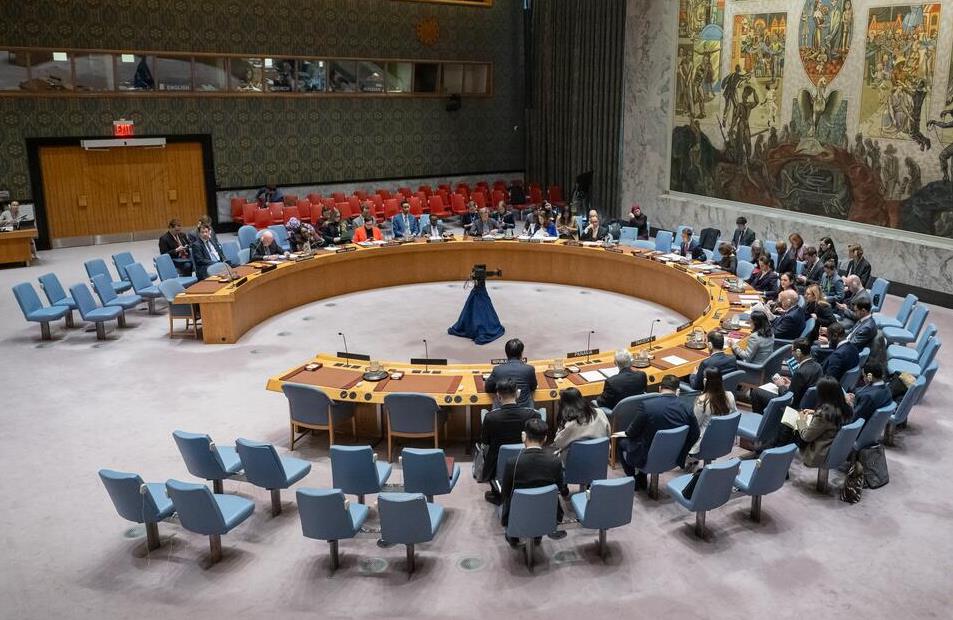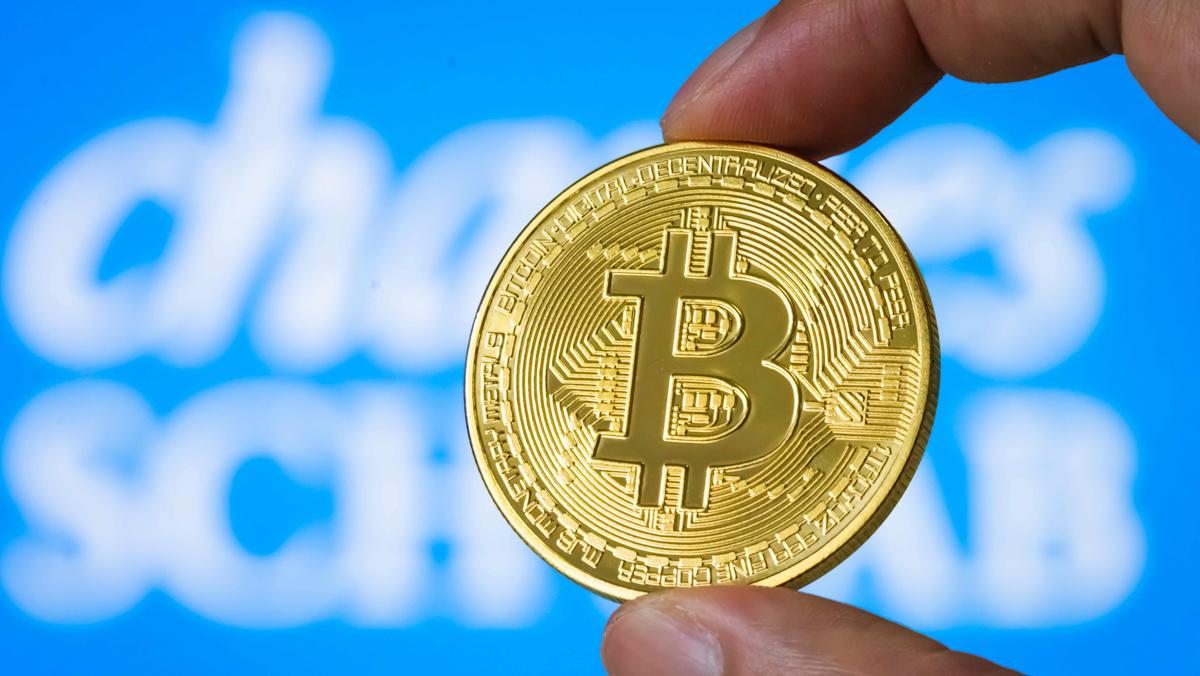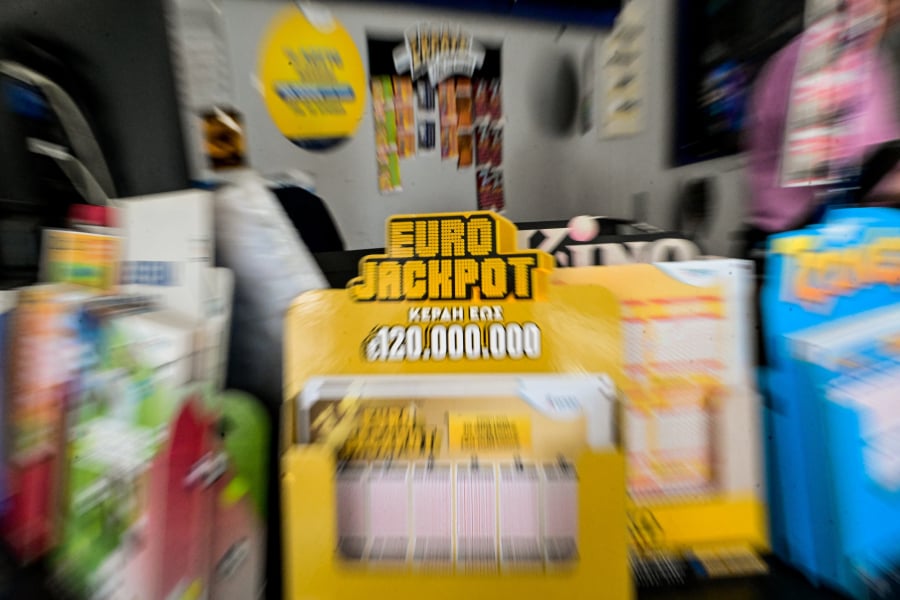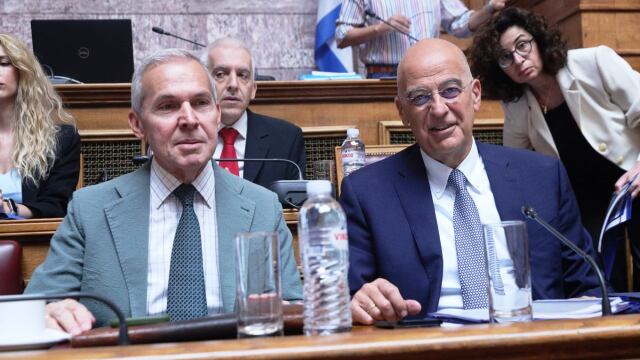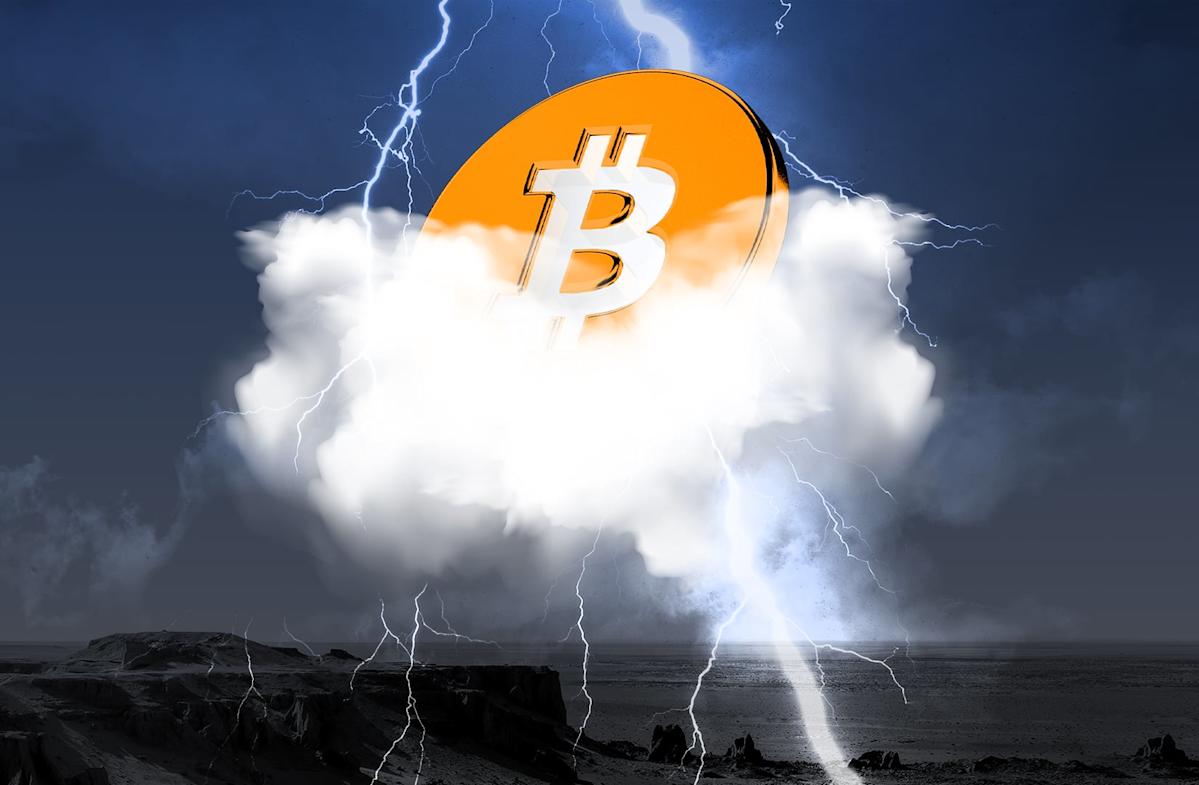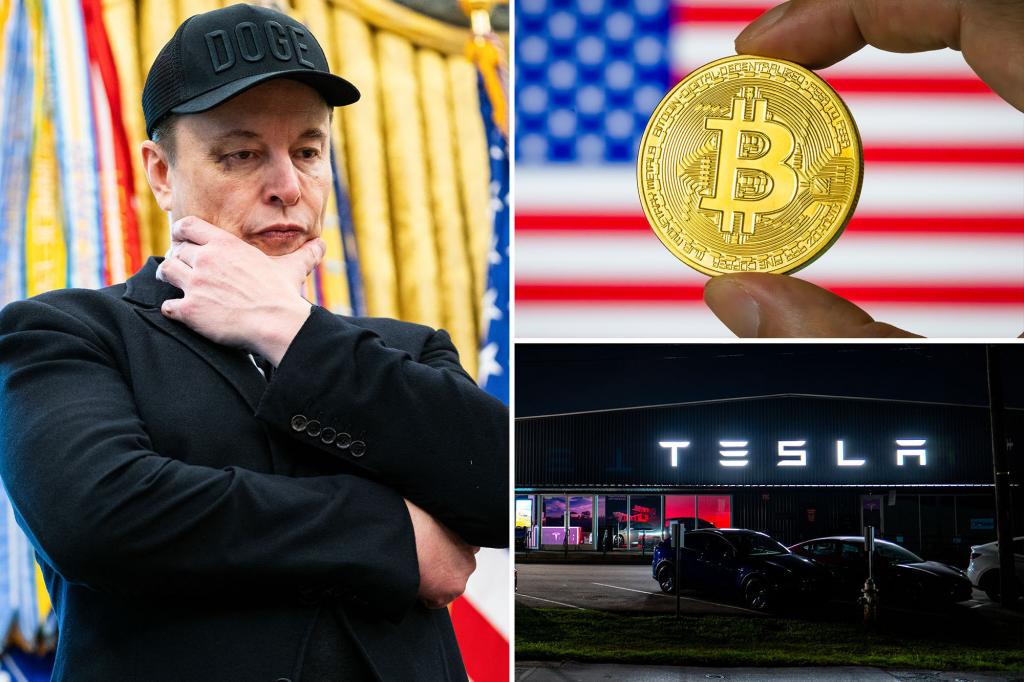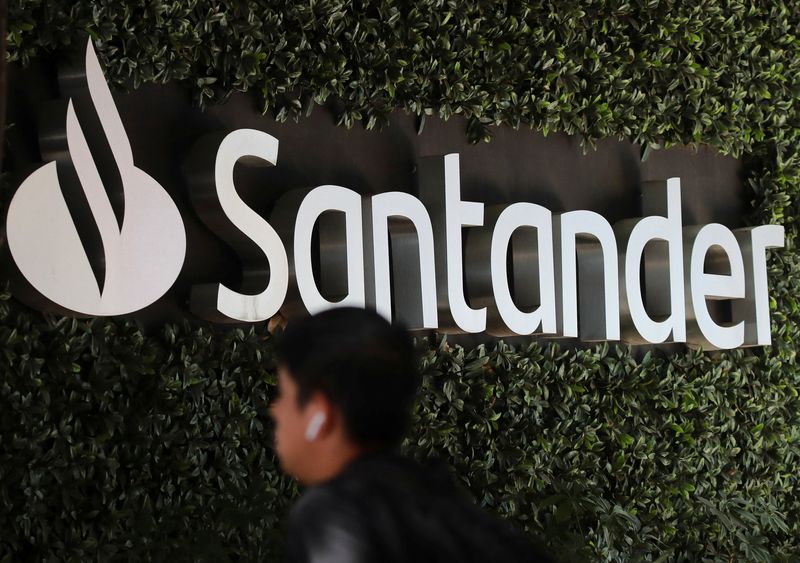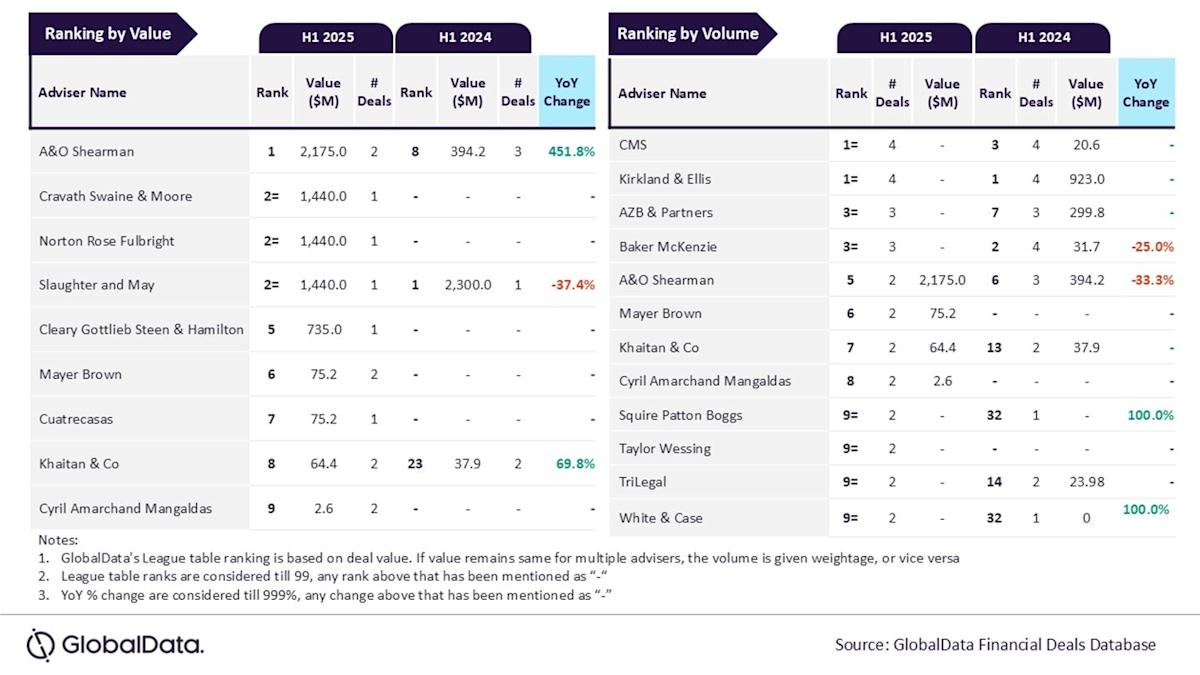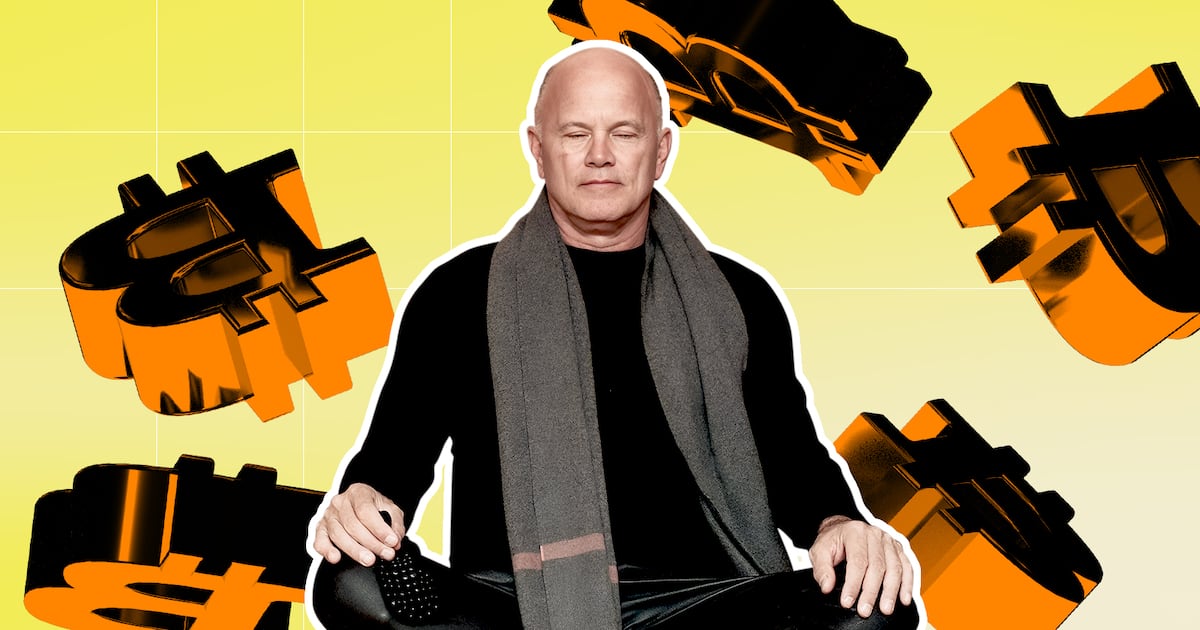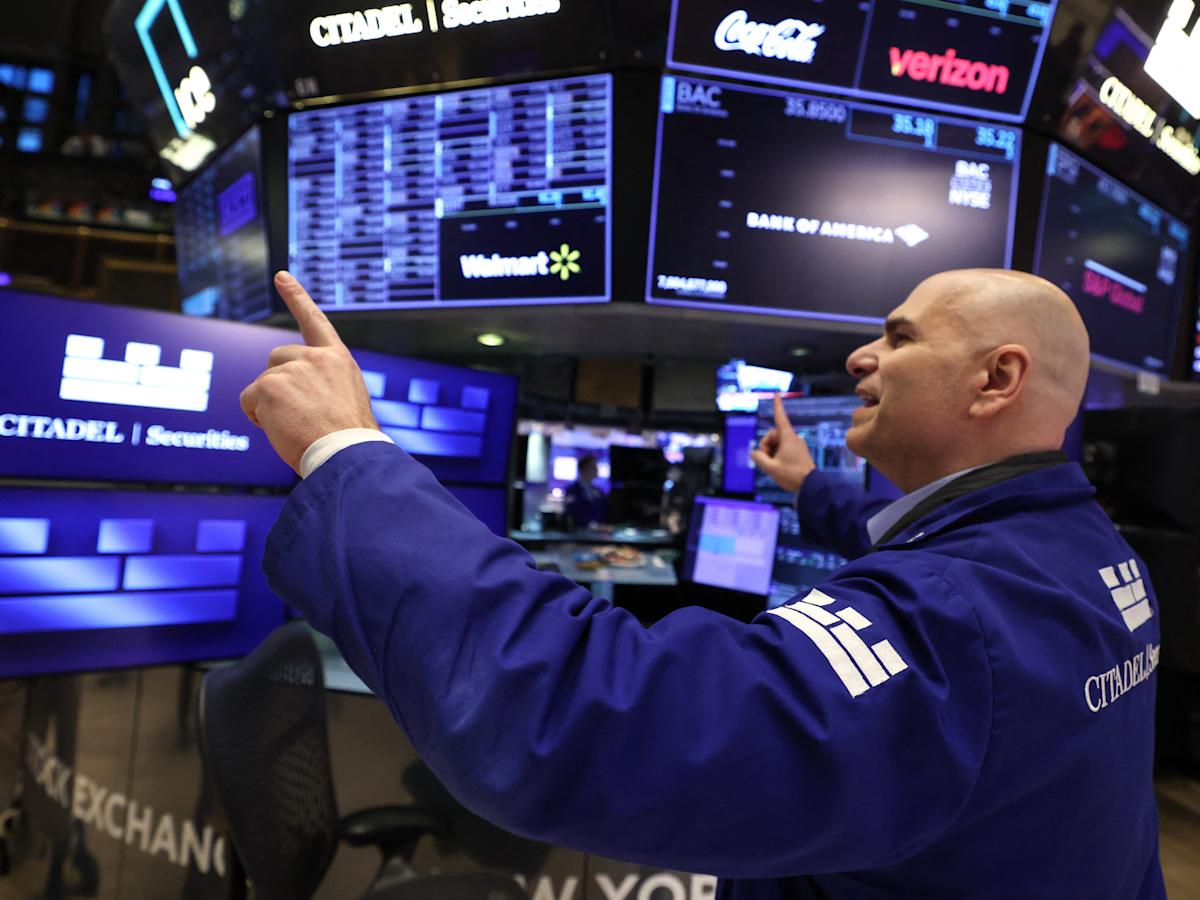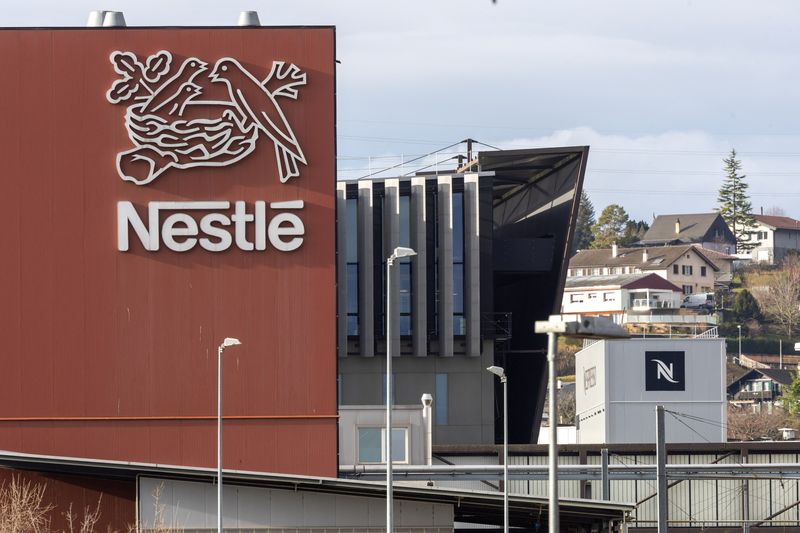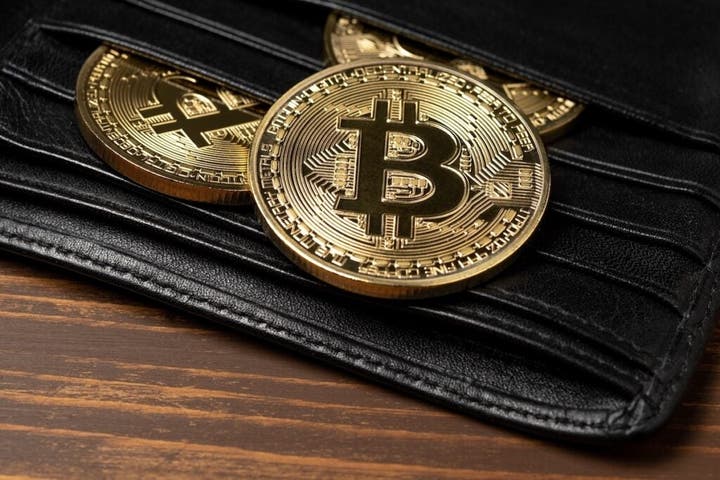Why bitcoin could hit $300,000 next year
President Donald Trump announcing a trade deal with Japan on Tuesday, which includes a 15% tariff on imported goods and while markets jumped on the trade optimism, crypto markets, they've stalled here. John Woo, Ava Labs President with me now, discusses, what's next for the industry. John, it's good to see you. So, uh, you know, trade deals, of course, front and center today. Markets, I got green everywhere here, John, but Bitcoin is actually not taken part in the party. It's actually edging lower here. I am curious though, John, to the you know, the extent that, looking ahead, we get more clarity, John, more certainty around trade and tariffs. How would you expect that to kind of ripple through and affect crypto in the months ahead?
Absolutely. It's great to see you again, Josh. So, um, I'm actually out in the Hamptons and there's a company called the Tie, which is a great data platform company in in crypto. Think of them as Bloomberg for crypto. And they put together 300 executives and C suite people from crypto, as well as traditional finance banks, uh, payment companies, fintech companies. So, to answer your question, how do I feel about it, how do people here feel about it? Well, you know, obviously trade and tariffs is very important, but I think there's just a general enthusiasm and a positivity because the intersection between traditional enterprises and banks without a crypto in web3 is about to happen. That's what the conversation is about. It's far more about what how this technology can help those parts of traditional finance than about tariffs right now.
I look at Bitcoin here, John, at 118. I've had some bulls come on the show recently, and I asked them for targets, for bogies. And and one well-known bull said, listen, he says 200,000 before year end. Does that make sense to you, John?
Absolutely. I think by the end of next year, we'll have maybe even double close to 300,000. In fact, you know, it's very simple. The right now, it's about 10% of the AUM of gold. And if you look at the incremental demand versus incremental supply, supply is the uh the block being mined on the Bitcoin. And then you have the incremental demand, which is all these ETFs, these digital asset training companies, and the reserves being built on public companies, as well as nations, as well as states. There's a five to one imbalance of incremental demand versus supply. And then as a percentage of gold as a market cap, it's only 10%. I don't see why it can't be 30% because the incremental buyer is Gen Z and millennials, and they view this as the digital storage of a store of value as opposed to gold. So I can easily see much higher than 200,000 by the end of next year.
So on that mark, let's say we let's say we put 300,000 on the board, John. What are some risks to that call?
Yep, absolutely. As you know, Josh, it's a very volatile space. Um, you know, one of the things that has gotten everything going recently is the clarity from the US side. And that's helped not just Bitcoin, but it's also helped the alternative L1s, like, you know, Ethereum as well as Avalance, a lot of stable coins on on that. Now the risk would be a lot of this now, the clarity in the rules doesn't lead to immediate success and operational and market share for payments and other reasons to use stable coins or to continue using these currencies. That would be a risk, because to execute things, it always takes longer than the initial thought of just creating a rule. It's kind of like, the risk would be, it doesn't pan out as quickly as people would hope it can.
John, great to see you. Great to have you on the show. Thank you for your time today.
Thank you, Josh.
Content Original Link:
" target="_blank">



